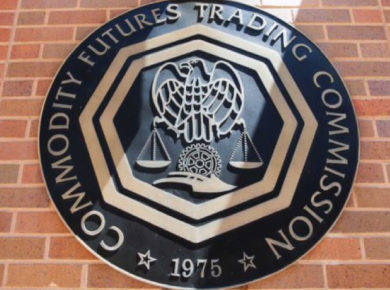While many believe that just before the cryptocurrency futures contracts expire, the Bitcoin(BTC) price will take a hit. Contrary to common belief, a new study published by Cindicator suggest that shall not be the case.
A new report titled Bitcoin Futures: Market Evolution, studied the bitcoin volumes on futures and spot cryptocurrency exchanges to come to this conclusion. The research was aimed to figure the liquidity and development of the holistic trading market. Initially the presence of institutional investors in the future markets was looked upon with a keen eye on their past positions on the futures and compared them to the bitcoin price movements before the future expired.
The firm’s conclusion is based on a theory that future markets and their comparatively lower volume than the spot market are insufficient catalysts to ascertain the bitcoin spot prices. The Cindicator researchers studied the bitcoin price action every time a future approached its expiration date. The researchers explained:
“This is partly because of arbitrageurs trying to gain from differences between futures and spot prices that can be produced by lower liquidity and/or differing demand-supply dynamics of futures and spot investors in the short term.”
The First Instance
CBOE and CME launched bitcoin futures with just a week difference between them in Last December. The report inferred similarities between the bitcoin price pattern before the first future contract expiry in both the exchanges. Before each, the price dropped and rose back afterwards affirming the belief that speculators have operated on to date.
The report elaborated the pump-and-dump price behavior of bitcoin between January 16 and 17. However, the CME futures expiry, however, reacted smoothly to a similar pump-and-dump approach that took place between January 21 and 29. It stated:
“Probably because it was the first expiry, the CBOE futures experienced a spike in intraday hourly return volatilities on expiry.”
The Next Instances
Following the expiries of both the CME and CBOE futures and their subsequent first settlement date, their relevance faded where the performance of the spot market is concerned. Moreover the futures volumes increased. The market influencers moved away from the future markets, its arbitrage opportunities, and future price movement dynamics in response to a strong bearish bias. Which inference that the bitcoin price usually fall before the future expires, but didn’t rise back as expected.
The study further elaborated the futures patterns with respect to bitcoin spot price until September, finding that their popular correlation couldn’t sustain the mainstream bearish factors seen after January. Every time, mainstream fundamental factors belittled futures market relevance in defining the bitcoin price movements. In May, for instance, the bitcoin price dropped due to a strong bearish bias imposed after the invalidation of strong support at $10,000 — not because futures were approaching their conclusions. The analysts noted,
“Regardless, despite the small impact of futures on the trend, it is interesting to note that volatilities picked up before expiries — a price discovery activity signal.”
The Head of Analytics at Cindicator, Simon Keusen, concluded by saying that “there is no golden rule for trading based on futures expiration dates,” barring one should be analyzing the overall market trends to get a clearer picture. He added:
“Our conclusions from this research are a good representation of the overall value we seek to provide to crypto investors by presenting different reasons for why certain market movements might happen and encouraging doing research and using analytical tools.”











